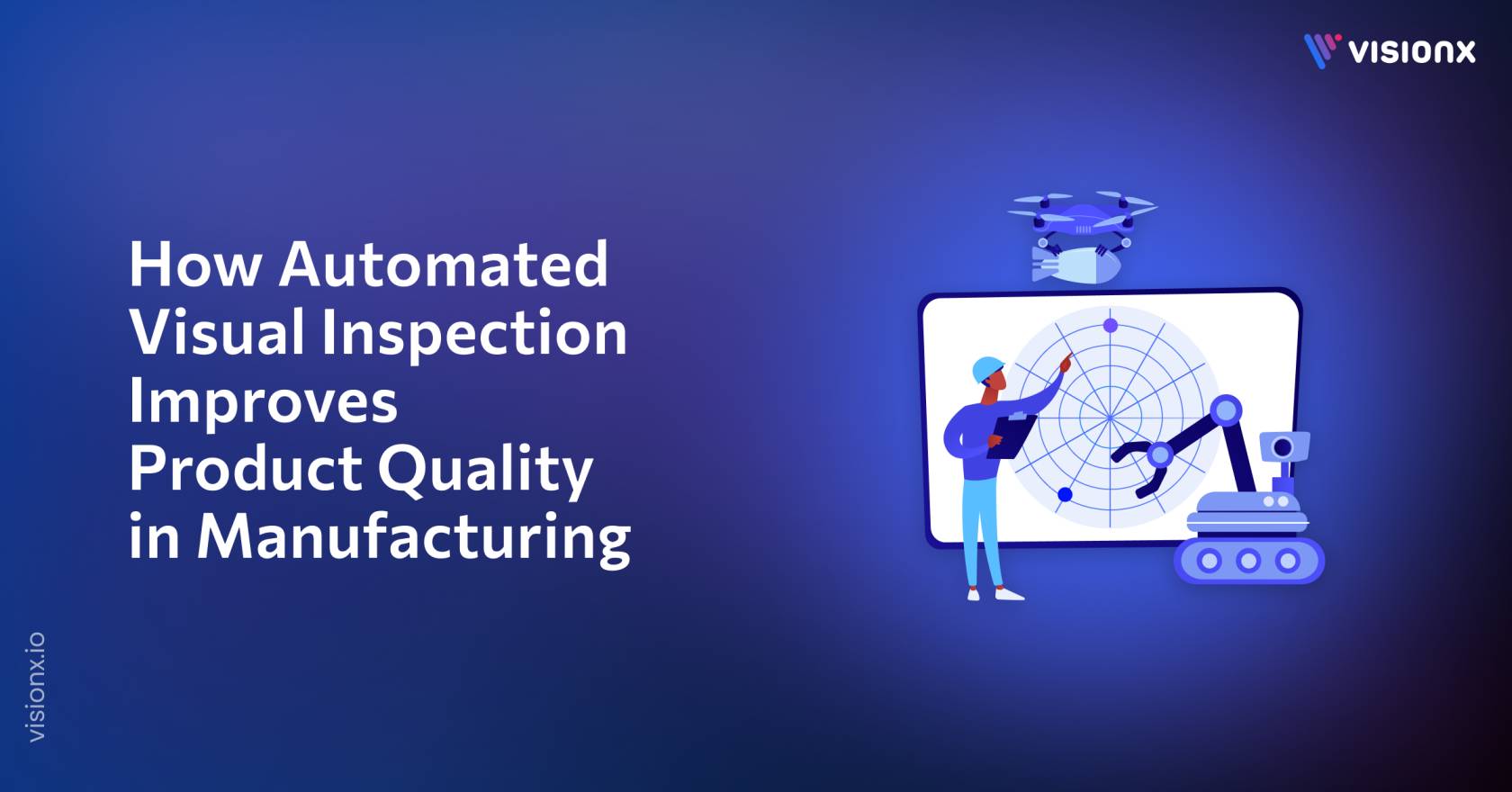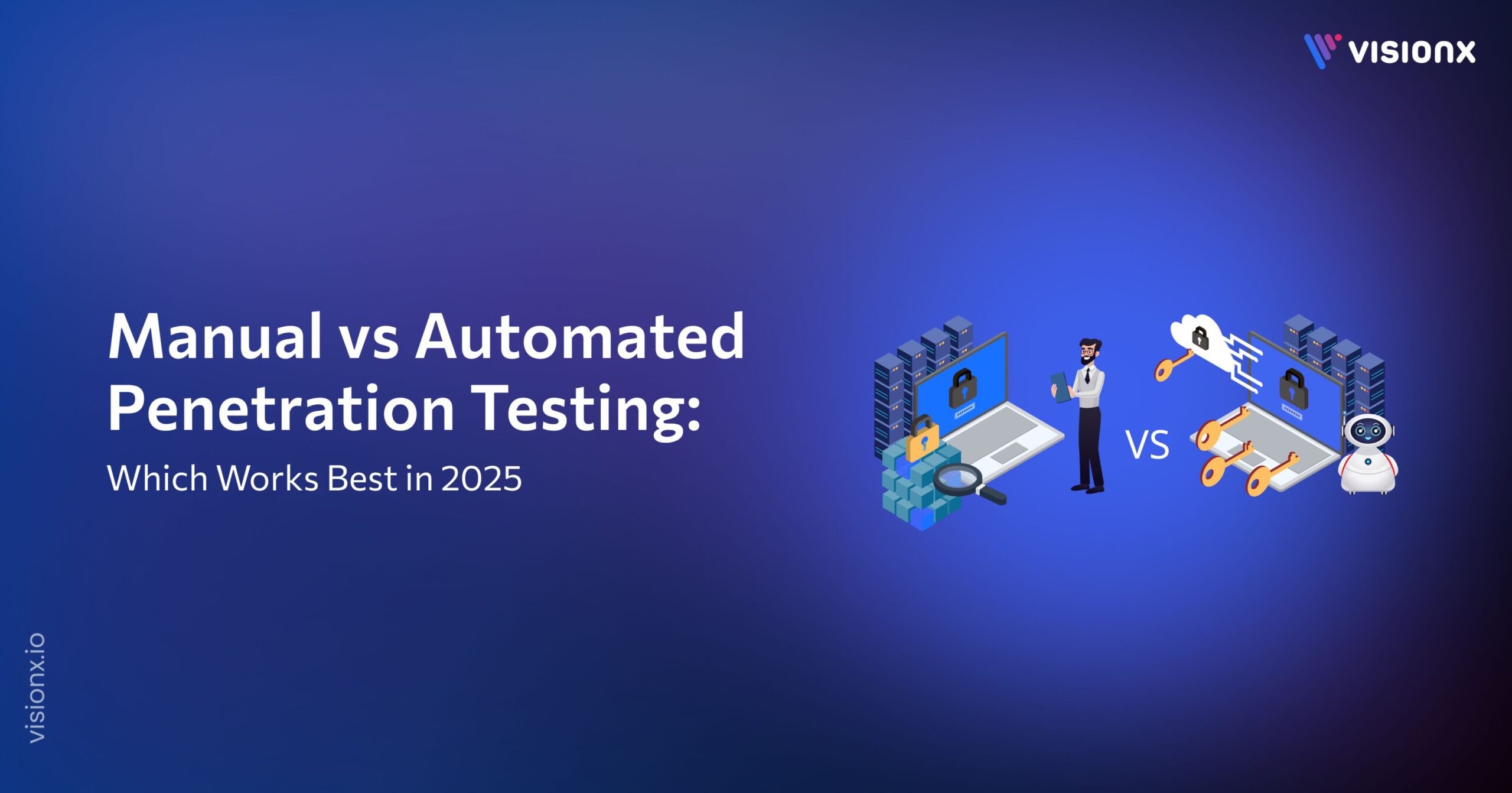It is not as simple as it appears to detect every flaw on a manufacturing line. A crack too small to discern, a part out of place, a blemish on the surface, and if you miss one, you will put the entire batch at risk. These flaws can mean huge costs, scrap, recalls, and frustrated customers. You know how people tire and how inspections vary. That makes spotting every issue quite tough.
But automated visual inspection offers a way out. These AVI systems use high-resolution cameras and smart software to catch defects at a speed that is much faster than humans. McKinsey research shows that manufacturers who use AI-powered visual inspection can cut defect rates by up to 50% and boost productivity by about 30%.
These numbers tell you why automatic visual inspection systems matter. When you use automation in inspection, you stop relying on slow, unpredictable human checks. Instead, you get more uniform quality and less waste, which helps your production process run smoothly and reliably.
This article will show you how automated visual inspection works, why it is important, and how it is already being used in sectors ranging from electronics to semiconductors.
Key Takeaways
- Automated Visual Inspection (AVI) uses high-resolution cameras, sensors, and AI-driven software to detect tiny defects faster and more accurately than humans.
- It ensures consistent results, reduces defect rates by up to 50%, boosts productivity by around 30%, and lowers overall quality control costs.
- AVI systems work at full production speed, capture real-time data, and help manufacturers improve processes through predictive maintenance and trend analysis.
- Industries like electronics, automotive, pharmaceuticals, and food rely on AVI to ensure safety, compliance, efficiency, and customer trust.
What is Automated Visual Inspection?
Automated visual inspection, or AVI, is a system that uses cameras and software to check products for defects. Instead of relying only on human eyes, AVI captures images of each item as it moves through the line.
The automated visual inspection software then analyzes those images against set standards to spot scratches, cracks, missing parts, or misaligned features. It helps improve quality control and reduce manual labor, and evolves as time passes to detect new anomalies with the utilization of AI.
Key Components of Automated Visual Inspection Systems
The AVI machine combines three main elements.
- Cameras capture high-resolution images of each product.
- Sensors manage timing and positioning so images stay clear and consistent.
- Software analyzes captured images against standards.
- AI and machine learning improve accuracy by learning from past data.
Manual Inspection vs Automated Systems
| Aspect | Manual Inspection | Automated Visual Inspection |
| Speed | Limited by human focus | Works at full production speed |
| Consistency | Varies between inspectors | Same results every time |
| Accuracy | Minor flaws are often missed | Detects tiny, complex defects |
| Fatigue | Inspectors tire over time | System runs without breaks |
| Data | Little or no data collected | Stores inspection data for analysis |
Automated Visual Inspection Market
The demand for these visual inspection automation systems is growing fast. According to a report, the automated visual inspection market size is forecasted to grow from $16.69 billion in 2024 to $29.37 billion in 2029.
That growth reflects what you already see on shop floors. More manufacturers want faster, more reliable ways to keep quality in check. Visual inspection automation fits that need and is becoming a standard tool across industries.
Common Quality Issues in Manufacturing
Every factory faces defects. Some are easy to identify, others slip through unnoticed until they cause bigger problems. These issues come from human limits, process variation, or machine wear. Frequent quality issues that manufacturers face are;
- Scratches or cracks on surfaces
- Misaligned parts during assembly
- Missing components on circuit boards
- Packaging errors, such as wrong labels or seals
- Small dimensional errors that affect fit or function
Human inspectors can catch some of these, but not all of them. Fatigue and bias make it hard to maintain accuracy. A shift worker may find a flaw early in the day but miss the same flaw after hours on the line.
Even with strict processes, complexity adds risk. A flaw smaller than a hair might damage a chip or result in costly waste. And manual checks cannot keep up with that degree of detail.
These recurring quality difficulties are the reason firms want regular, automated quality control solutions to evaluate items before they reach customers.
How Automated Visual Inspection Works?
Automated vision inspection systems follow a clear step-by-step process to ensure accuracy and efficiency in product quality in manufacturing.
- Capturing images
Cameras and sensors take clear images of each product as it passes the inspection point.
- Processing
The automated vision inspection system prepares those images by adjusting lighting, contrast, and alignment so analysis stays accurate.
- Defect detection
Software scans the image for irregularities such as scratches, cracks, or missing parts.
- Classification
Once a defect is found, the system classifies it by type and severity. Minor flaws might pass, while critical ones get flagged or removed from the line.
- Decision making
The AVI machine inspects the products based on the predetermined criteria for quality, and then makes a decision about whether the product will go forward or will be pulled from the line.
Role of AI and Computer Vision
Computer vision drives the inspection process. It helps the system “see” flaws at a level no human eye can match. AI and machine learning take it further by training models with past inspection data. That means the system improves over time, reducing false alarms and spotting new defect patterns.
Integration with Production Lines
AVI systems fit into existing lines with minimal disruption. These AVI machines work in real time without slowing production. If defects repeat, the system records the data so engineers can trace and fix the root cause. This integration turns inspection from a simple checkpoint into a tool for process improvement.
Benefits of Automated Visual Inspection in Manufacturing
When you add automated visual inspection to your production line, you set up a visual inspection system that reshapes quality control. Here are five of the biggest benefits.
1. Higher Accuracy
Manual checks fall short when parts move fast or when flaws are minor. A worker may miss a scratch the width of a hair or a misaligned piece smaller than a pinhead. Automated visual inspection (AVI) systems use cameras with sharp resolution and models trained to find those fine details. They see the defects that slip past the eye. That accuracy means fewer flawed units slip through, which protects your customer trust and your reputation in the market.
2. Consistent Results
People bring variation. Two inspectors may not agree on the same flaw. A worker at the start of a shift is more alert than one at the end. This variation creates disparities in quality. Automated visual inspection AI helps eliminate that. The system applies the same rules to every part, at every hour, with no fatigue or bias. And the result is a steady flow of consistent decisions across the entire operation.
3. Faster Throughput
Time is critical on a production line. Manual checks slow things down, and when inspection cannot keep up, the line stalls. AVI machine systems work at line speed, matching the pace of the conveyor or robot. It checks each part as it passes with no break in flow. That keeps throughput high, cuts delays, and helps you meet delivery targets without compromise.
4. Lower Cost
Defects caught late in the process cost much more. Scrap, rework, extra labor, warranty claims, and recalls all eat into margins. With automated visual inspection systems, defects are caught early, often right at the source. That prevents wasted raw material, avoids rework, and keeps customers from receiving faulty units. The cost avoided over months and years is often greater than the upfront spend on the system itself. Deloitte found that manufacturers implementing AVI systems cut total quality control costs by about 31% within two years.
5. Data for Improvement
AVI does more than check pass or fail. It captures images and logs every result. You can track defect types, frequencies, and patterns over time. If the same flaw shows up at the same stage, you know where to look. This data helps you in finding root causes, improving machines, and fine-tuning processes. With the passage of time, that turns inspection into a driver for higher yield and smoother operations.
Applications of Automated Visual Inspection
AVI is not tied to one field. It proves useful anywhere accuracy and speed matter. Below are four of the most automated visual inspection systems for industry applications.
Electronics and Semiconductors
A defect smaller than dust can destroy a chip or circuit. Automated visual inspection equipment checks wafers, solder joints, and surface mounts for cracks, misalignments, and missing components.
In chip plants, systems scan at the micron scale with cameras far sharper than the human eye. This increases yield, reduces scrap, and aids the ongoing trend towards smaller, faster devices. In fact, the electronics and semiconductor segment accounts for the majority of the worldwide vision inspection systems market, approximately 18.9% in 2025, and also leads in terms of growth rate.
Automotive
Cars and trucks are made up of thousands of pieces, each of which is critical to their safety and reliability. AVI systems check the paint layers, weld seams, glass panels, and assembly joints. Locating gaps, scratches, or fit flaws early minimises rework, warranty costs, and the likelihood of big recalls. It also supports strict safety standards that are vital for the auto sector.
Pharmaceuticals
Medicine and medical gear must meet strict quality rules. Automated visual inspection manufacturing confirms pill shape, color, and size with precision. It also checks seals, caps, and labels, lowering the risk of mix-ups or contamination. These checks help companies stay compliant with regulations while keeping patients safe.
Food and Beverage
High-speed lines pack, seal, and label products at scale. AVI systems detect broken seals, wrong labels, or underfilled packages before they leave the plant. This protects product quality and consumer trust. It also reduces waste, since faulty packages can be corrected on the line instead of being scrapped later.
How AVI Improves Product Quality in Manufacturing
Quality is not only about tracking bad parts. It is also about building a system that keeps defects from piling up in the first place. Visual inspection automation improves quality by tightening control at every stage of production.
Micro-level Checks
AVI cameras pick up flaws at the scale of microns. This matters in fields like semiconductors, where precision and efficiency are a must. The system ensures each product meets design specs at the finest level.
Full Coverage of the Inspection
Human inspectors check samples. AVI systems checks every single product. That change from sampling to full inspection raises the chance of detection of defects that would otherwise slip through.
Real-time Correction
When AVI flags a defect, the line can react right away. Operators or machines can stop, adjust, or reroute units before more flawed parts are made. This real-time control stops problems from spreading across batches.
Trend Analysis for Process Stability
Automated visual inspection stores results and images. Over time, this data shows defect trends. Engineers use it to spot weak points in machines, tools, or suppliers. Fixing those weak points makes the whole process more stable and the output more reliable.
Helps in Predictive Maintenance
Automated vision inspection systems help in predictive maintenance as well. When the same type of defect appears repeatedly, it signals wear in a tool or drift in a process. AVI systems data highlights these patterns before a machine fails completely. Using this information, maintenance can be scheduled proactively. Fixing issues early prevents downtime and keeps product quality steady.
Upgrade Your Inspection Process With VisionX
If improving product quality and keeping your production line efficient matter to you, VisionX can help. Our computer vision development service powers automated visual inspection systems that catch defects accurately, even in complex or small products, before they leave your production line.
We build AI solutions tailored to your production and your products. You also get integration with predictive maintenance, so you can catch equipment issues early and prevent downtime. Our team provides guidance and training so your staff can operate the system confidently and adapt it as production changes.
Partner with VisionX to make your inspections smarter, reduce waste, and keep product quality consistent. Let’s turn your production data into reliable results you can trust.
FAQs
What is the process of automated inspection?
Automated inspection follows a set workflow. Products pass through cameras and sensors. Images are captured, processed, and studied by software. Defects are flagged and classified. The system then decides if the product passes or gets removed.
What is the full form of AVI in safety?
AVI stands for Automated Visual Inspection. It refers to using cameras and software to check products for defects without depending only on human eyes.
What is automated optical inspection?
Automated optical inspection, or AOI, is a method that uses cameras to scan electronic assemblies like printed circuit boards. The goal is to detect missing parts, soldering flaws, or misaligned components before the boards move further down the line.
How does automated visual inspection improve microdevice quality?
Microdevices, such as chips and sensors, need checks at the smallest scale. Even a flaw thinner than a strand of hair can ruin performance. Automated visual inspection catches those flaws with high-resolution imaging and AI models. That ensures more reliable quality in fields like semiconductors and advanced electronics.
Can automated visual inspection systems adapt to different manufacturing environments?
Yes. AVI systems can be tuned to handle many products and conditions. The software learns from data, so it can adapt to new defect patterns or production changes. That makes it useful across industries such as automotive, food, electronics, and semiconductors.


